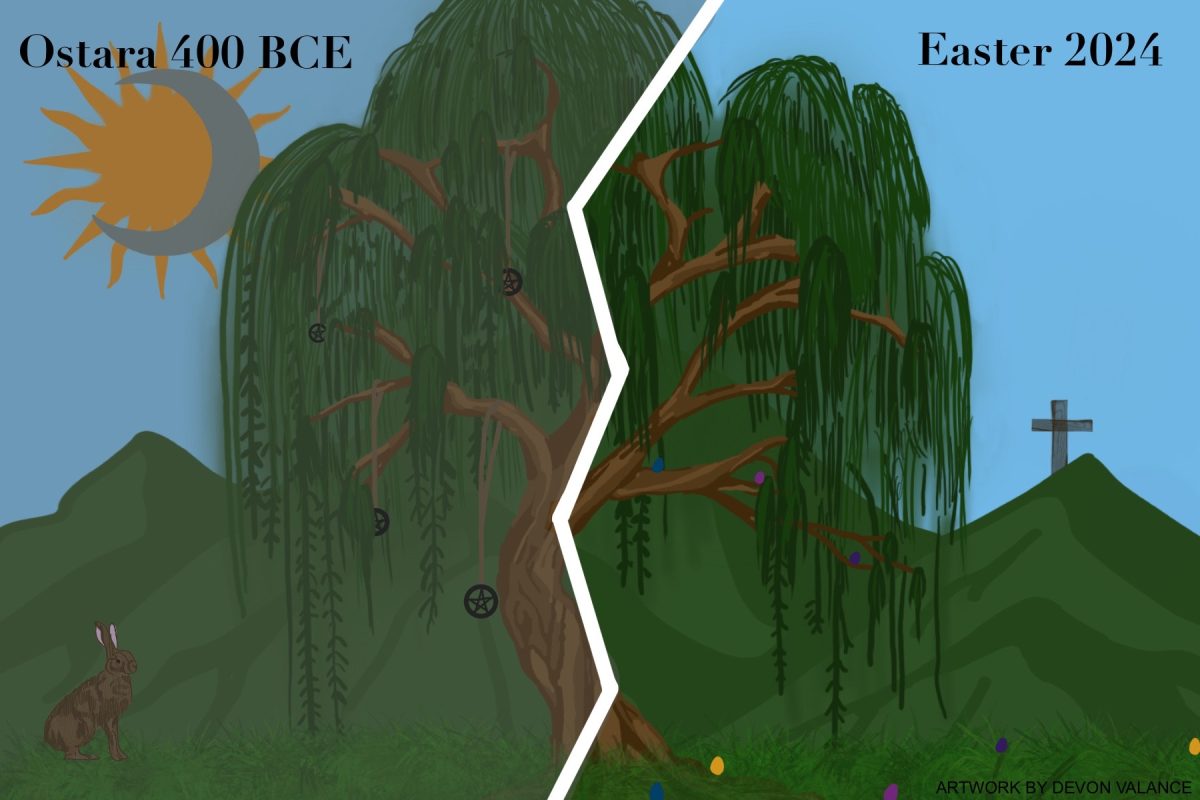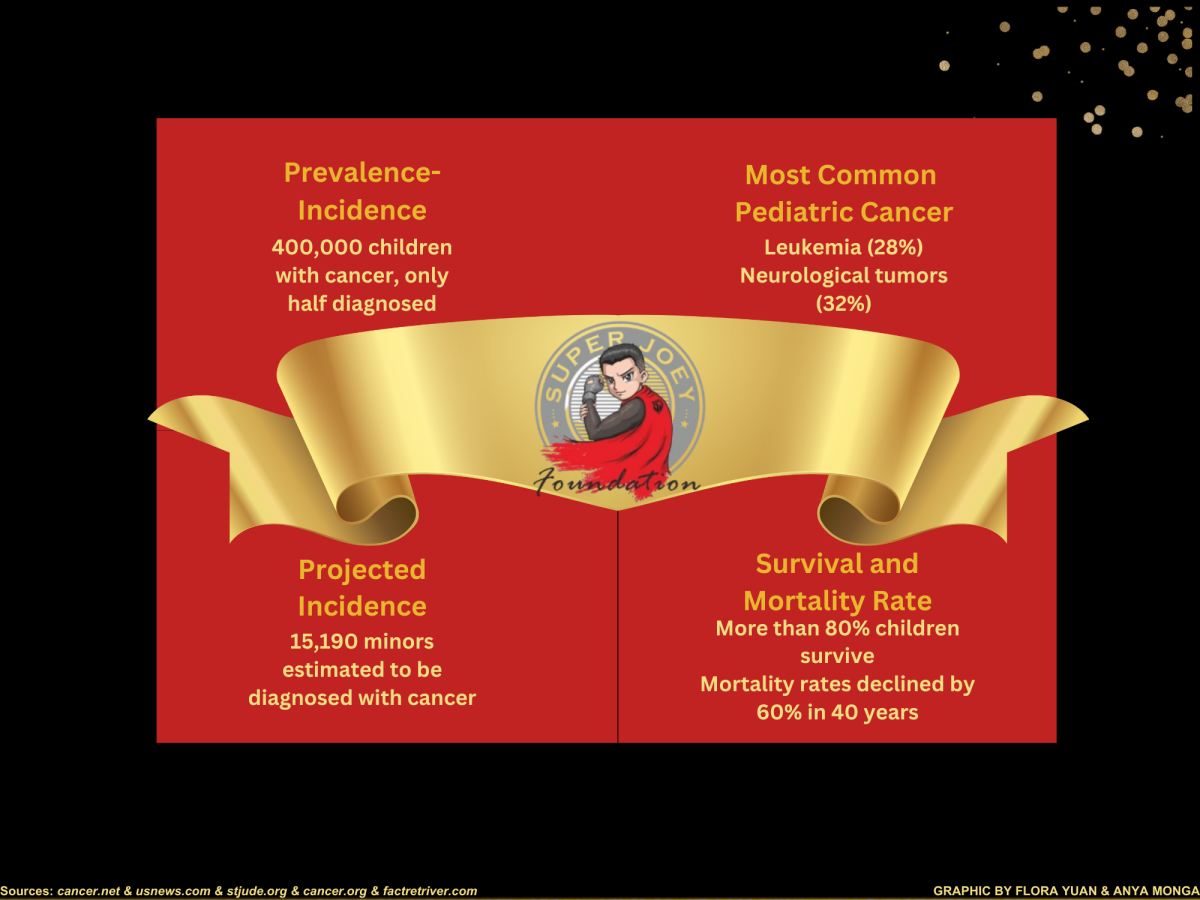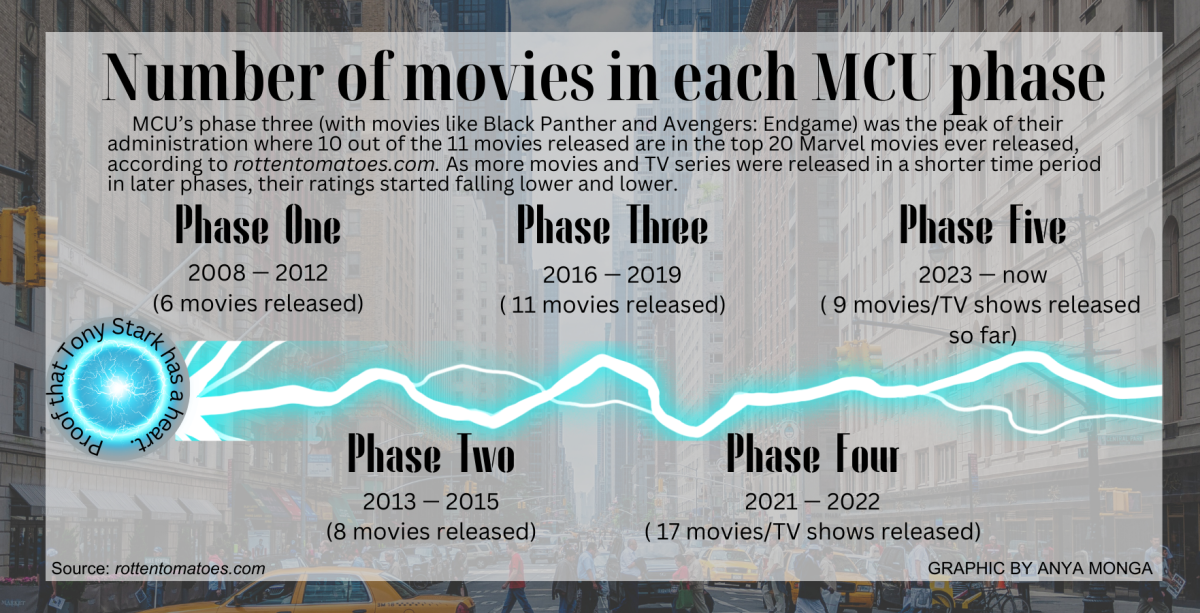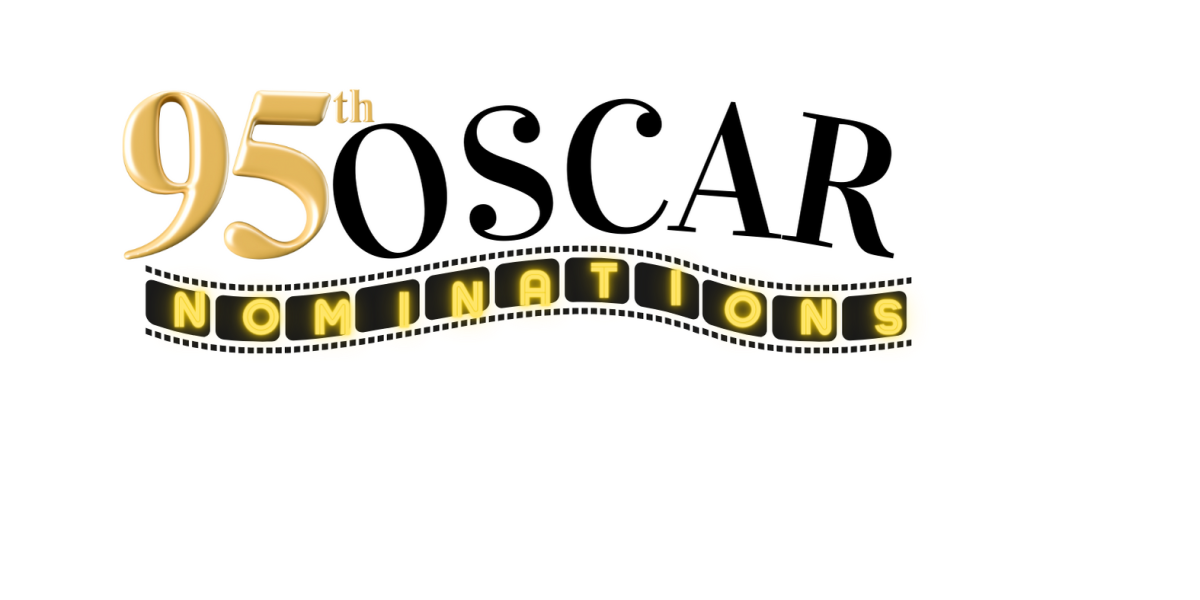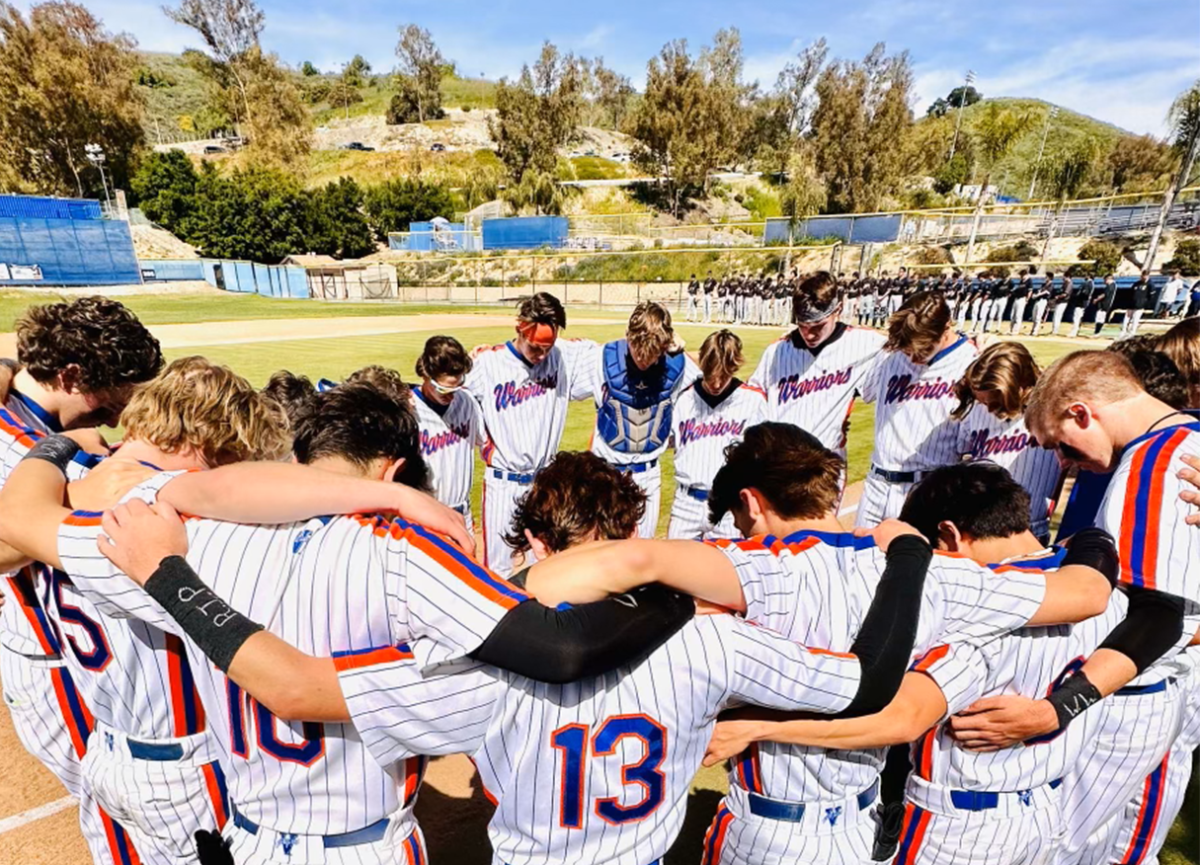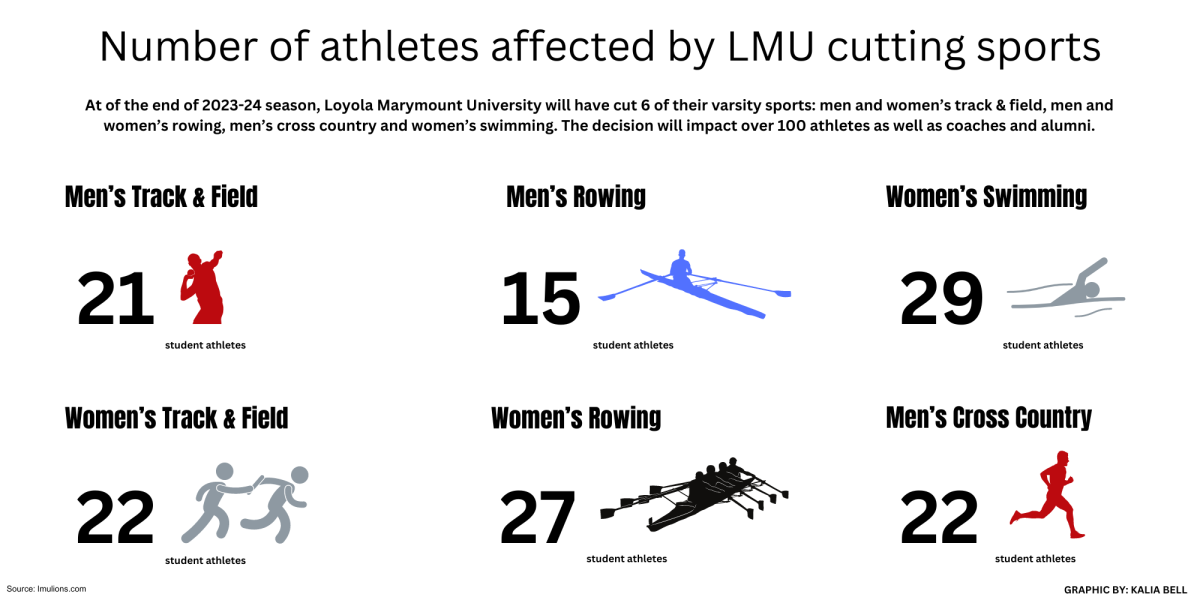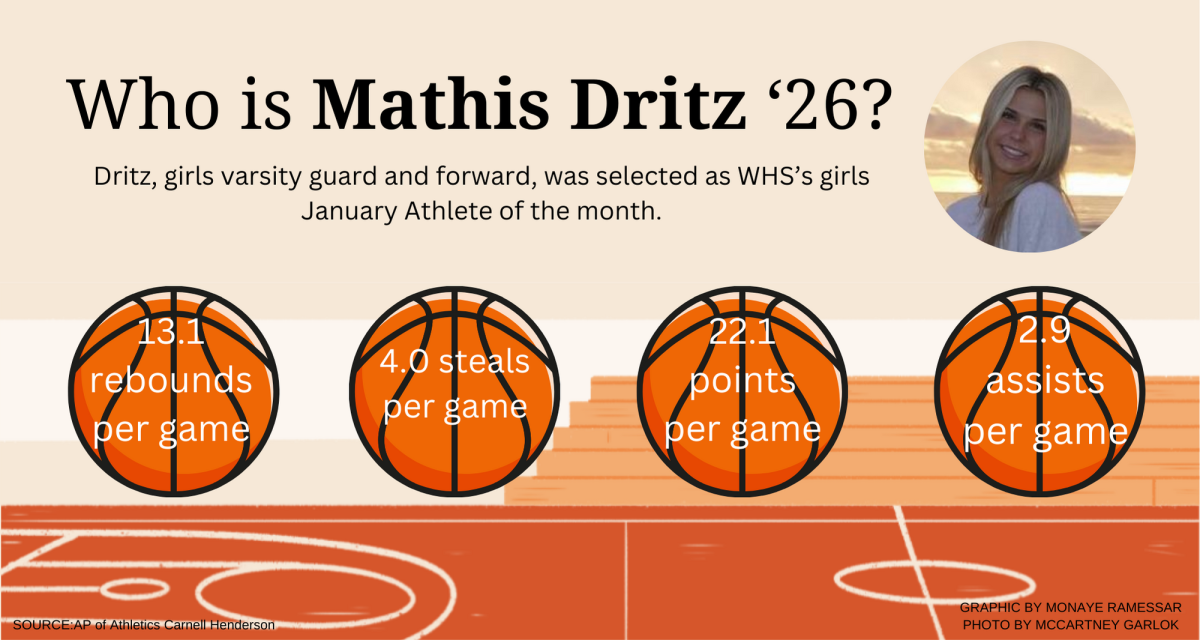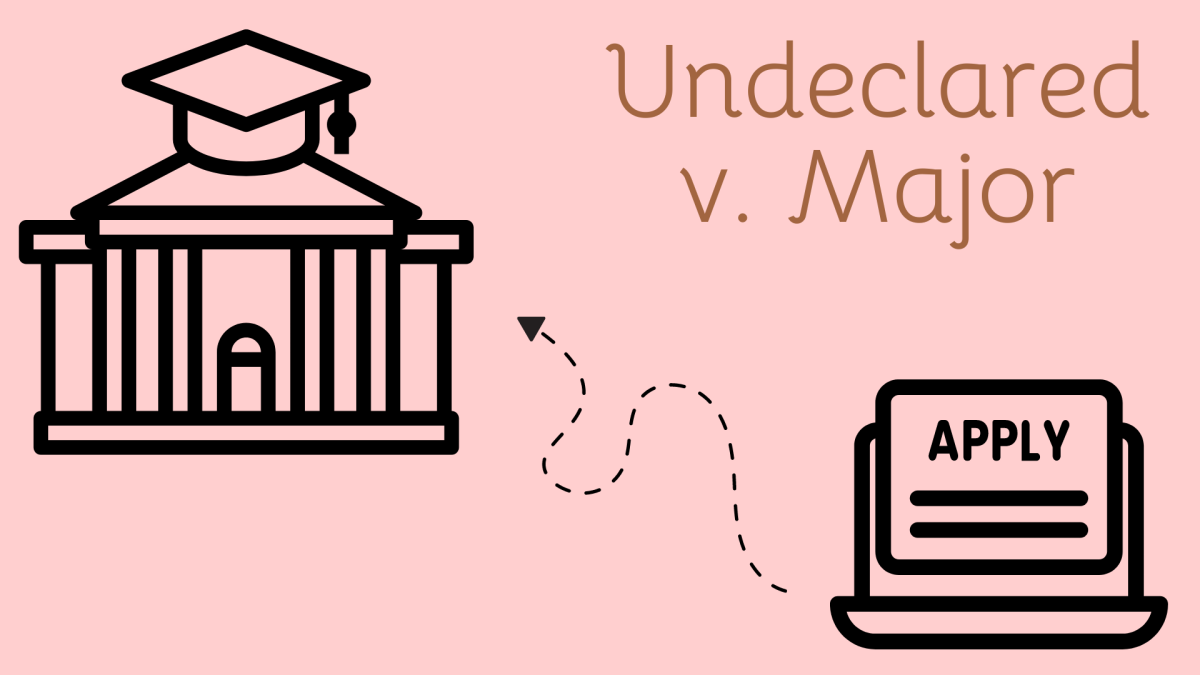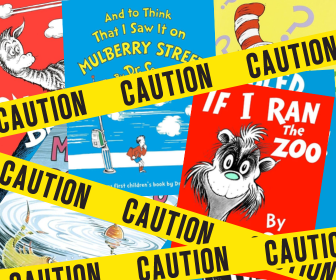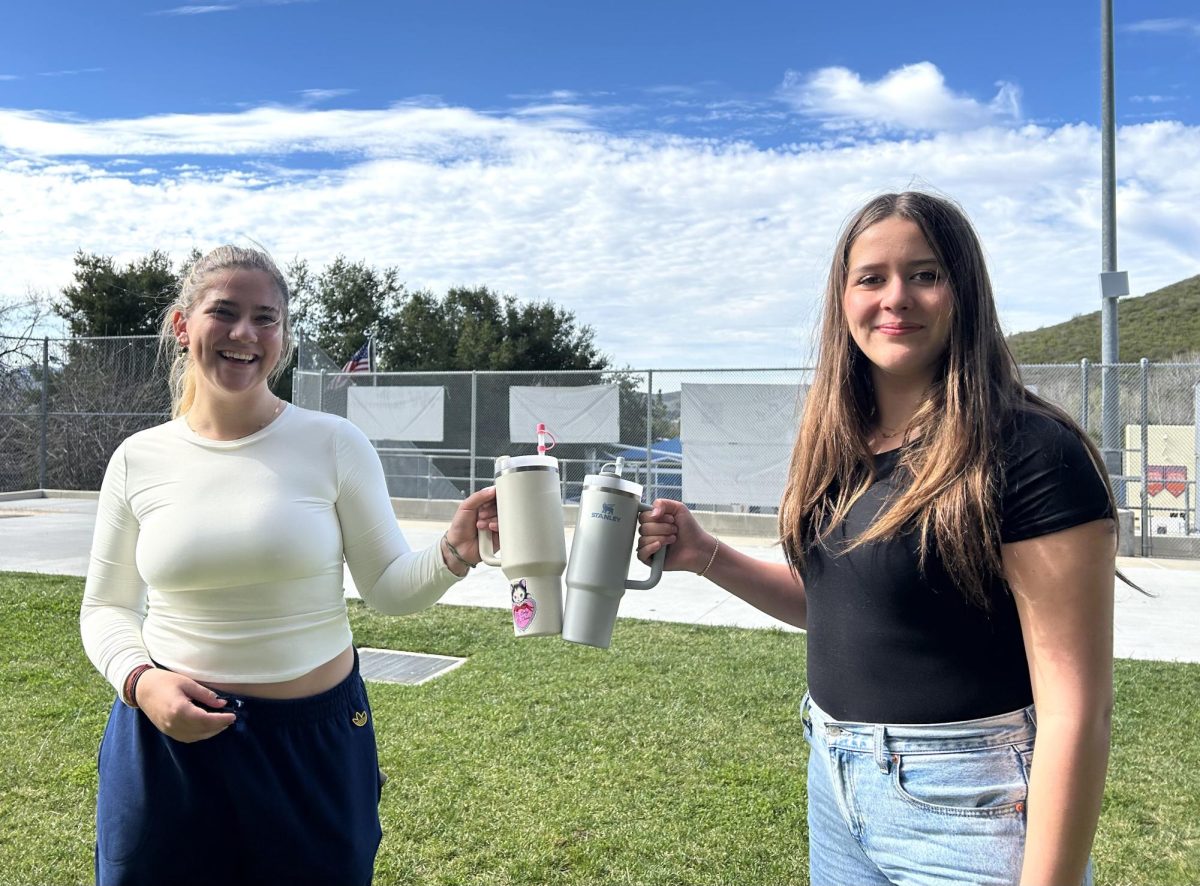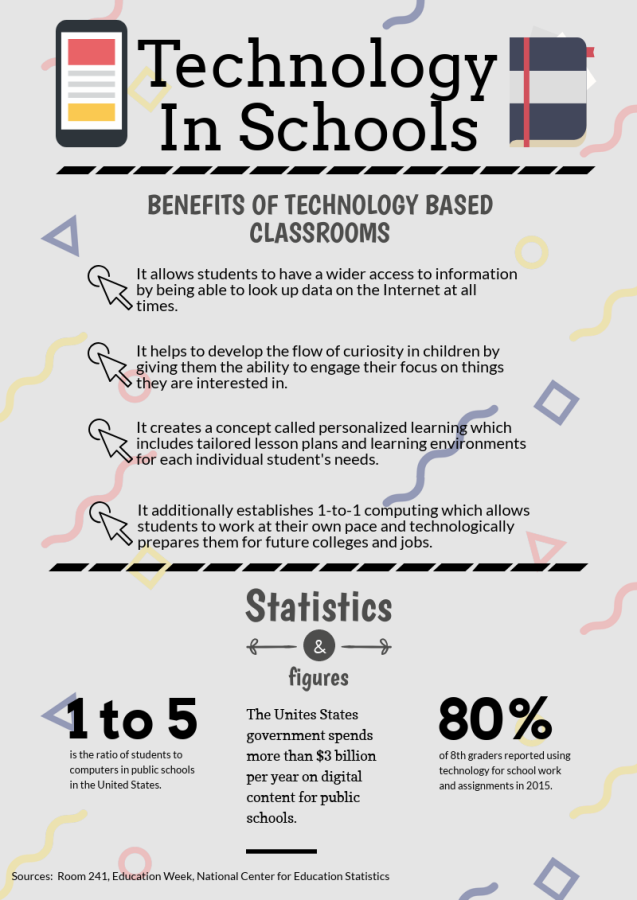Desks lined up in rows, facing towards the board in the front of the classroom. Students organized in alphabetical order. A teacher lecturing in the front of the room, causing students to frantically scribble half-legible ideas. This is a traditional high school classroom.
Schools worldwide have taken on the task of turning traditional classroom environments into technology-based classes, which are classrooms without paper or normal classroom supplies, entirely involving technology. This provides a wider access to information, makes it more convenient to indulge in curiosity and creates a personalized learning fit for each individual student.
“The benefits are that… if you are writing and filling out a document you can just take it anywhere you go, so if you have extra time in [another] class, you can write it or fill it in, and with electronics it automatically saves, so if you lose it, you can pull it up on something else,” said Joy Collins ‘21.
Technology-based learning can assist students in understanding lessons, studying for tests and it provides a more interactive way of learning.
“[Students] have more access to information; they don’t have to waste time with menial calculations [and] doing them by hand. They can just use a calculator, and it saves time and lets them learn more,” said Isabella Lake ‘21.
Another advantage of technology-based classrooms is that the constant access to technology helps satisfy the flow of students’ curiosity, an encouraged quality in children.
“Access to the internet provides instant answers for the curious,” according to Room 241, a blog by Concordia University in Portland. “This is the search-and-learn environment kids are involved in today… they are only a search away from an answer.”
Some of the drawbacks of traditional classrooms are conquered in a class setting called “blended learning.” This kind of classroom combines face-to-face schooling with the incorporation of technology and Internet media.
“It encourages independence and provides guidance while still giving the structure that students are familiar with,” according to Oxford Learning in an article exploring different teaching styles including blended learning.
Another element in technology-based classrooms is personalized learning, which is perceived by its supporters as something necessary to encourage growth and education for students at their own pace.
“The idea is that digital devices, software and learning platforms offer a once-unimaginable array of options for tailoring education to each individual student’s academic strengths and weaknesses, interests and motivations, personal preferences and optimal pace of learning,” according to Education Week, whose mission is to raise awareness on situations happening inside of America’s K-12 schools.
The last benefit of technology in schools is one-to-one computing. This refers to educational institutions that allow students to use tablets or computers to access the Internet, course materials and online textbooks, among other things.
“[This allows] teachers and software to deliver more personalized content and lessons to students, while allowing students to learn at their own pace and ability level,” according to Education Week. “[This helps] students to become technologically skilled and literate and thus better prepared for modern workplaces.”
Supporters believe technology-based classrooms and schools help to set students up for college, where technology is used on a daily basis.
“Technology does set teens up for college because [college] applications are done electronically, and even finding out about the schools is mostly done by going on their website,” said Rylee Tilton ‘19. “Plus, a lot of writing is done electronically, and there’s presentations and so forth in college that are done electronically as well.”
Where some view that a traditional classroom is not satisfactory for all students, technology-based learning fulfills those deficiencies.
“Traditional learning is more of a ‘one size fits all,’ whereas technology based learning has a variety of different teaching methods that different students can benefit from,” said Lake.





